LBP - Issue № 9 - Chicago Collections
Exploring the Newberry Library in Chicago and venturing to Germany for deeper research.

LBP - Issue № 9 - Chicago Collections
Well, here I am again, writing an update from another Boeing airplane — this time, the “Queen of the Skies” — a Lufthansa 747-800 on my way from Los Angeles to Frankfurt, Germany.
The thing about flying is it’s the one time I can claim as my time to think and write and process. I always choose a window seat (on the port side for some reason) because it allows me to look past my screen and just stare and think. Maybe you know what I’m talking about?
The summer has — pardon the pun — flown by! Looking back at the last newsletter in May, I’ve continued momentum on research for the book. In July, I visited the Newberry Library in Chicago, Illinois and found great things which I’m sharing today.
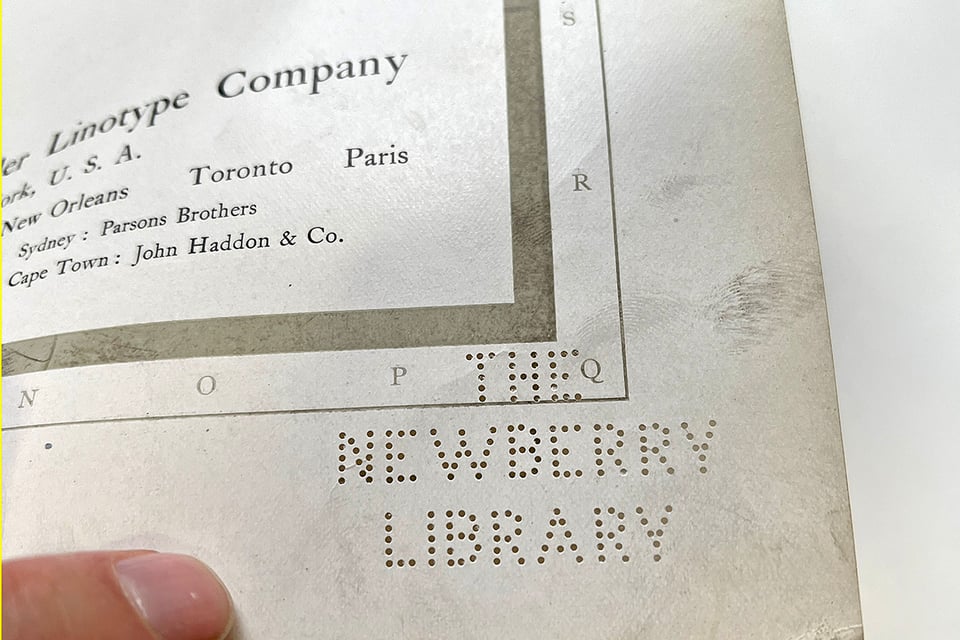
Newberry Treasures
Opened in 1887, just a year after the Blower Linotype was invented, the Newberry Library sits prominently on the edge of a leafy, beautiful park just north and west of downtown Chicago. I spent a day and a half requesting practically every book that mentioned “Linotype” in their catalogue.
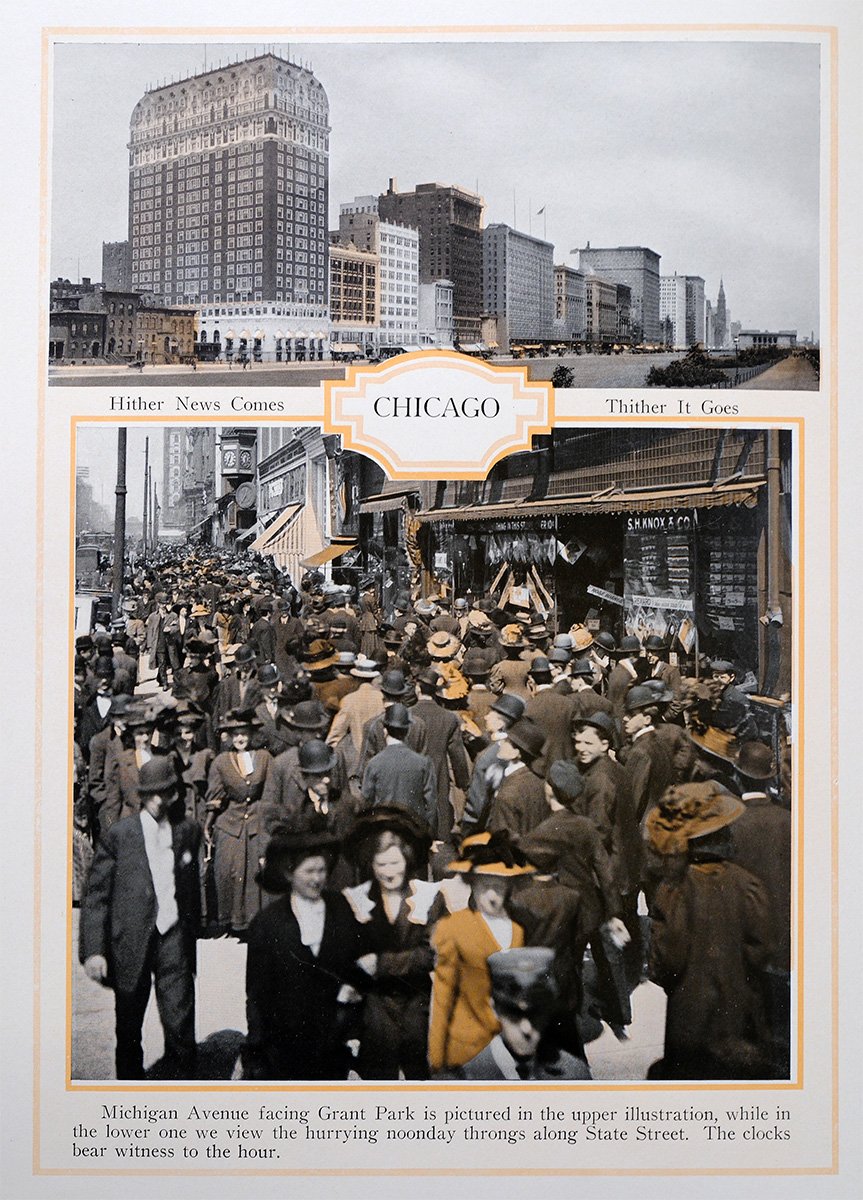
The library contained many rare books, including the oldest known specimen from the Mergenthaler Linotype Company — June, 1896! As with any company starting up, the specimen book was a fairly thin, but it was exciting to discover and document.

Another piece that was exceptionally interesting was a large booklet which promoted both the Linotype and Ludlow machines in Germany. I’ve known for a long time that Ludlows and Linotypes were complementary machines in many print shops (with the Linotype doing the body copy and the Ludlow doing the headlines and subheads) but at least in the United States, these were never jointly promoted since they were separate companies that even competed at times.
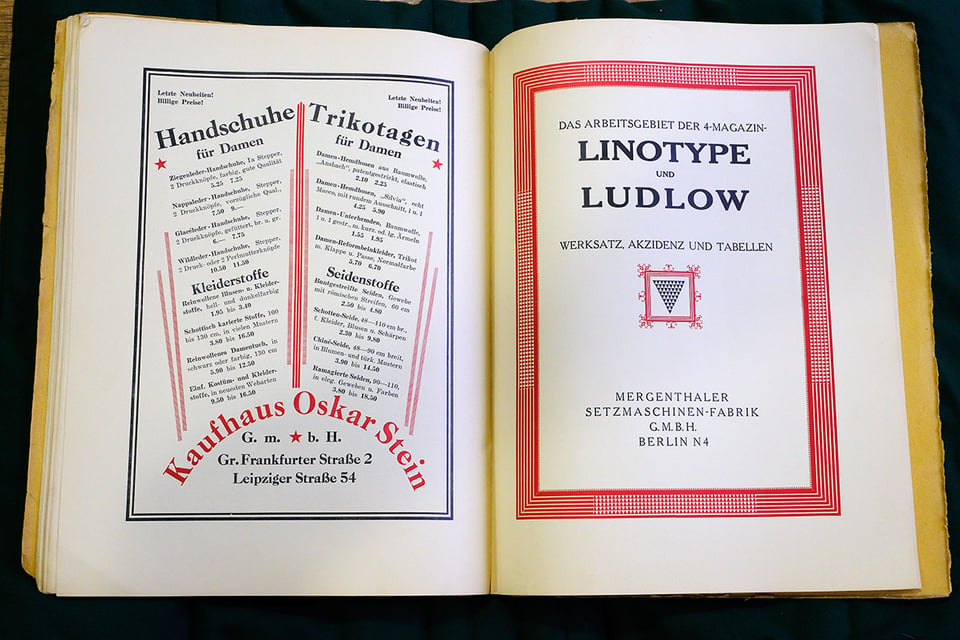
But in Germany, it looks like the Ludlow was promoted and sold by the Mergenthaler Setzmaschinen-Fabrik GmbH in Berlin. This makes sense, as it would be costly for Ludlow to establish a German branch of the company and why not sell their machine along with the complementary one?
Per usual, this rabbit hole opens up yet another rabbit hole…
Sprichst du Deutsch?
As I said at the top of this newsletter, I’m currently flying to Germany; in order to do research on the history of the German Linotype company. I’m a lucky guy because I get to double-dip on this trip as the research will inform my professional job for Monotype as well as my book project.
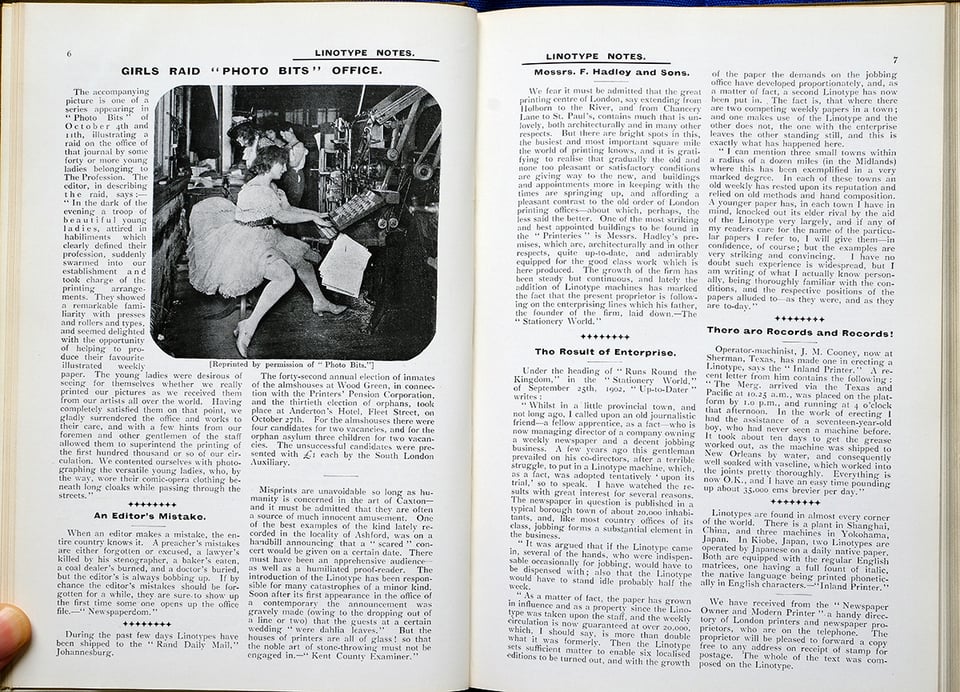
I’ll be reconnecting with an old film partner, Otmar Hoefer (“Otmar with one t” as he introduced himself in the film) in Frankfurt as he helps me understand how the Linotype Company became “a German company” in the digital age.
This has always confused me a bit, because when I came to graphic design and typography in the early 2000s, Linotype was a German company and it wasn’t until research for the film that I learned about the American part of its history.

As of right now, I know there were three entirely separate Linotype companies from the very beginning: Mergenthaler Linotype Company in the USA, Linotype & Machinery in the UK, and Mergenthaler Setzmaschinen-Fabrik GmbH in Germany. Sometimes they worked together, sometimes they made totally different machines, and sometimes there were World Wars that separated them for periods of time. How exactly did all of this work? I intend to find out.
Also, Otmar will help as a translator when we visit the tiny village of Hachtel, Germany — the birthplace of Ottmar Mergenthaler which has a small museum. Because sadly, dear reader, when people in Germany ask me the title of this section, I must answer “Nein. Sprechen Sie Englisch?”

More to Report Soon
You know what I like? I like having this newsletter with a small but dedicated audience to share updates with on a semi-regular basis. That’s you. Thanks for reading.
I’ll be back soon with a report from my Germany adventures.
Stay tuned,
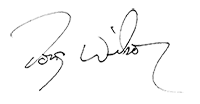
Doug
